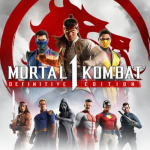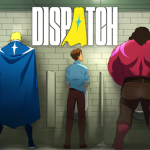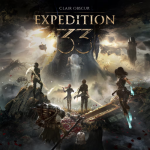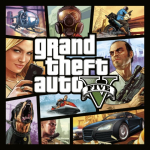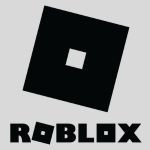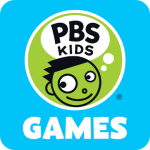Battlefield 6 Hype vs Black Ops 6 Reality: The Record to Beat
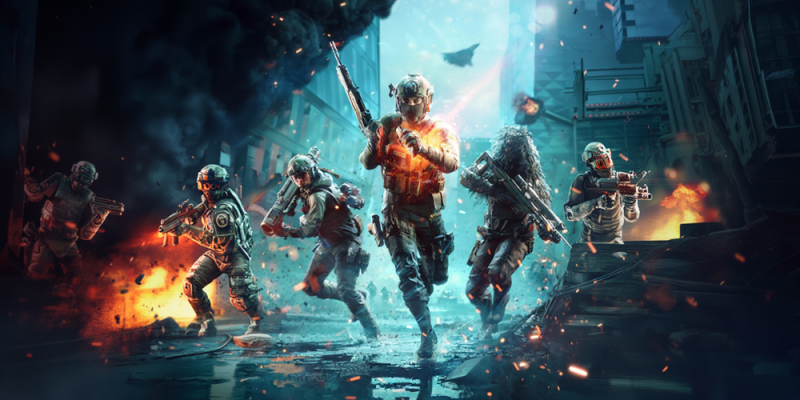
You can feel the anticipation building around Battlefield 6, and not just in forum threads or teaser trailers. There’s a real sense that DICE and its partner studios are aiming to reset expectations after the turbulence of the last entry, with talk of a more cohesive vision, a campaign led by Ridgeline, and a multiplayer sandbox that fully leans into next-gen Frostbite tech. At the same time, the conversation has a giant reference point looming over it: Black Ops 6. Treyarch’s new entry didn’t just launch strong; it reached a historic milestone out of the gate, boosted by cross-play ubiquity, day-one availability on a major subscription service, and a content slate that hit the ground running. That record matters because it reframes what “winning launch week” looks like in 2025. It’s no longer just about unit sell-through; it’s about concurrency across networks, subscription engagement, creator traction, and retention into Season 1. So the question isn’t whether Battlefield 6 can be good. It’s whether extraordinary hype can translate into numbers big enough to challenge an industry-shaping debut that already set the pace.
Main Part
To understand why Black Ops 6’s opening set such a high bar, you have to look beyond the billboard accolades and examine the machinery behind it. Day-one presence in a large subscription ecosystem lowered the barrier to entry, amplifying first-week concurrency and creating a social gravity well that pulled in entire friend groups. Cross-progression across console and PC made jumping between platforms frictionless. Warzone integration and a revitalized core loop with high-velocity movement gave streamers highlight moments from hour one, which mattered for discoverability across VOD and short-form clips. Round-based Zombies returned with nostalgic energy while modern systems trimmed downtime, encouraging one-more-run behavior during the crucial launch window. On the backend, robust anti-cheat and rapid hotfix deployment limited early churn. Marketing didn’t rely solely on nostalgia; it sold new verbs, like omnidirectional traversal, that players could feel instantly. All of that synergized into a launch that wasn’t just big; it was engineered to be everywhere at once, turning momentum into a measurable, platform-validated record.
Battlefield 6 can absolutely make this a contest if it leans into what only Battlefield can do and does it with ruthless consistency. DICE’s sandbox advantage is real: massive playspaces, systemic destruction that genuinely reconfigures sightlines, vehicles that aren’t side dishes but co-equal actors, and squad play that rewards coordination without gatekeeping solo contributors. The larger Battlefield organization—DICE for multiplayer, Ripple Effect for a new experience, Criterion and others for support, and Ridgeline for narrative—gives EA a diversified content pipeline if it’s sequenced well. A modern Frostbite pass with improved streaming, better visibility, and stable server tick rates would immediately address pain points that veterans notice. If Portal—or a spiritual successor—returns with tighter curation and featured playlists, the community can fuel long-tail engagement while official seasons push headline updates. Pair that with launch-week events that spotlight combined arms, a progression track that respects time, and transparent anti-cheat with visible enforcement, and you’ve got a foundation built to convert hype into durable daily activity.
The hurdles are specific and solvable, but they can’t be dodged. Trust must be earned at minute zero: the first session needs clean onboarding, responsive controls, and netcode that holds up when servers are saturated. Content breadth at launch matters as much as depth—players should see varied infantry playlists, meaningful vehicle rotations, and objective modes that encourage emergent play rather than rote farming. UI clarity, squad management tools, and voice comms stability can’t be left for a mid-season patch. Monetization has to avoid friction that divides squads; fair cosmetics, predictable battle pass pacing, and no paywalled gameplay advantages are table stakes if you want creators and competitive communities to buy in. Technical performance on PC—driver guidance, CPU scaling, shader precompilation, and crash-resilient reconnects—will decide whether day-one discourse is about highlight reels or bug compilations. On the marketing side, an EA Play trial, cross-platform preloads, and coordinated creator briefs can widen the aperture. And if EA times double XP and limited-time modes to peak hours across regions, it can convert curiosity into record-friendly concurrency.
Conclusion
We should be realistic together: topping Black Ops 6’s historic opening is a towering challenge because that launch fused design, platform strategy, and social momentum in a way that’s difficult to replicate. But that doesn’t make Battlefield 6’s mission purely comparative. The brand wins when it delivers the definitive sandbox war fantasy—destruction that changes plans mid-match, vehicles that matter from the first capture to the last push, and squads that feel smarter together than apart. If DICE and its partner studios stick the fundamentals, communicate openly, and ship a cadence that earns every login, the franchise can post its own peak numbers while reclaiming the identity fans want. Beating a record is a headline; building a habit is a legacy. The path to both runs through stability on day one, variety in week one, and trust in week four. If Battlefield 6 nails those beats, it might not just chase Black Ops 6’s watermark—it could redefine success on its own terms and remind everyone why this rivalry is good for players, creators, and the genre at large.


